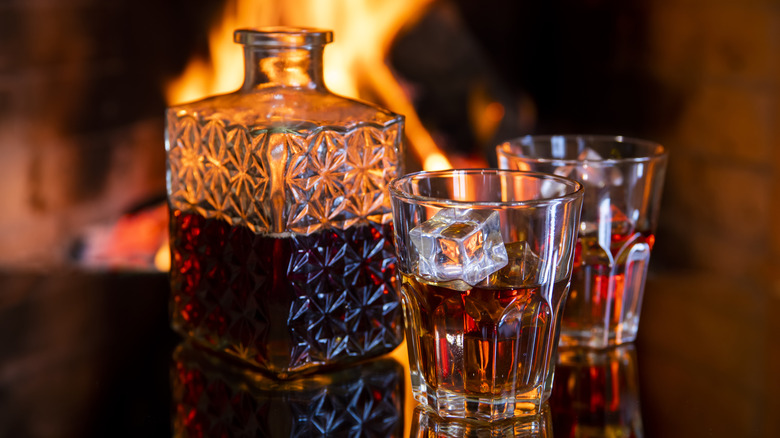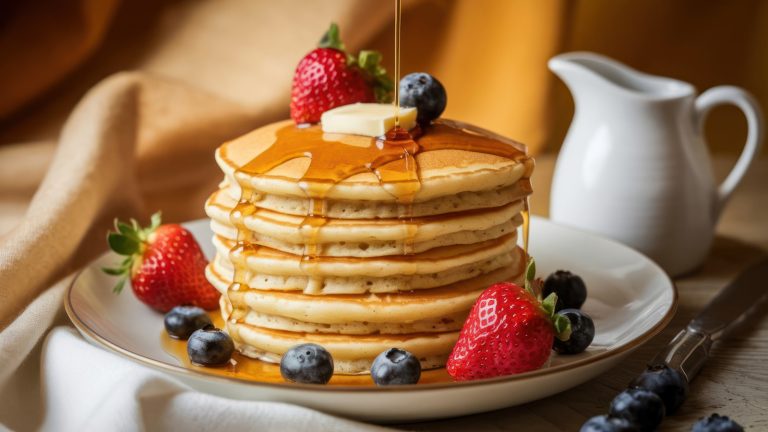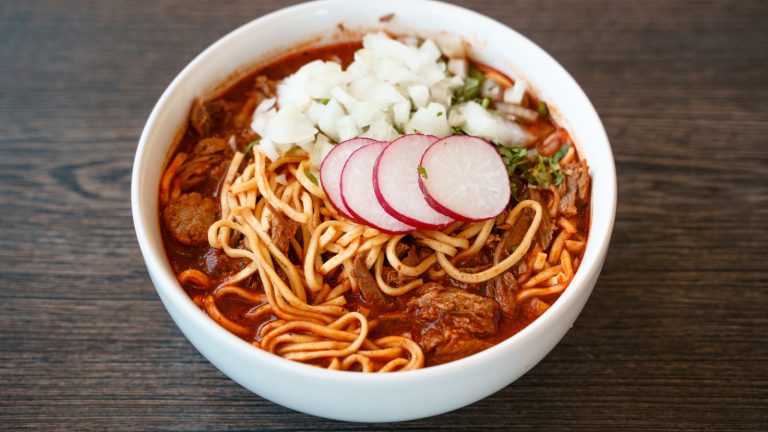While the differences between American-made bourbon and whiskey might be subtle, there is one rule in particular regarding the flavor that sets them apart. Unlike other whiskeys, where added flavors and colors might be used, bourbon’s taste profile can only be altered by water and only to lower the alcohol content. This all-natural rule means that the spirit’s character comes solely from its base ingredients, which are corn, barley, and rye, along with water, yeast, and the aging process.
To be classified as bourbon, the whiskey must follow several rules. It has to be produced in the U.S. from a grain blend of at least 51% corn. This blend, or mash, is distilled to no higher than 160 proof and then placed in new, charred oak barrels at no more than 125 proof. These barrels are made from white oak and have been fired on the inside to varying levels. It then must be bottled at 80 proof or higher. These rules, along with the water regulation, contribute to bourbon’s quality and distinct identity. Once these are followed, distillers can then create different types of bourbon like full proof, barrel proof, and cask strength.
Most bourbon production happens in Kentucky, but it can be made in any U.S. state, with Indiana, Tennessee, and New York also being producers. The high corn content in the mash contributes to bourbon’s sweetness, while aging in the charred oak barrels adds the vanilla, caramel, and smoky flavors.
When and why the flavor rule for bourbon started
The strict flavor regulation for bourbon was started to protect both the spirit drinkers and the product’s quality. Back in the 1800s, some whiskey makers would add ingredients like prune juice and tobacco to hide flaws or change their products’ color and taste. This led to bad quality, fewer sales, and the overall integrity of the product.
The Bottled-in-Bond Act of 1897 marked a turn in whiskey production. This law created standards for bonded (or approved) whiskey, stating it had to come from a single distillation season, by a single distiller, at a single location. The historical act also required the whiskey to be aged for a minimum of four years in a federally bonded warehouse and to be bottled at 100 proof. These rules helped shape today’s standards of bourbon production and made it a truly distinct American spirit.
As these rules helped with consumer safety and quality, the specific regulations for bourbon, including the flavor rule, help maintain its character and taste. By not allowing any additives, these laws ensure that bourbon’s taste comes only from natural ingredients and aging. This focus on quality has raised bourbon’s standing on the global stage and sparked creativity among distillers. Producers are constantly trying new things with different grain types, yeast strains, and levels of barrel charring to create new flavor profiles, all while following the rule’s demand for natural ingredients and traditional methods.






